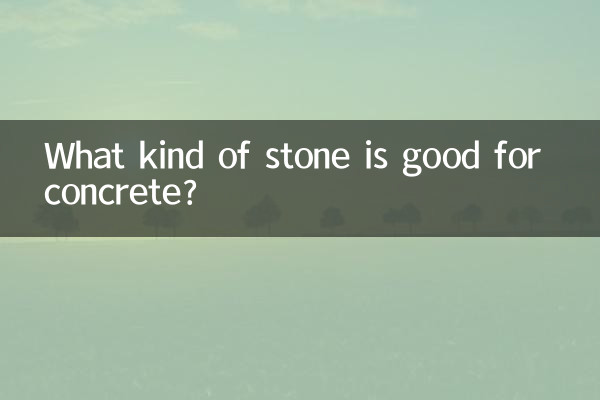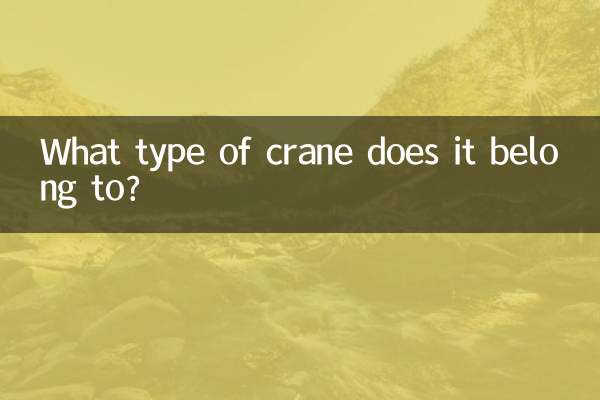What kind of stone is best for concrete? 10 days of hot topics and scientific analysis
Recently, as the construction industry pays more attention to the quality of concrete, "Which stone is better for concrete" has become a hot topic on the Internet. This article combines the hot discussions and scientific data in the past 10 days to provide you with a detailed analysis from the aspects of stone types, performance comparison, purchase suggestions, etc.
1. Common types and characteristics of concrete stones

| Stone type | Particle size range (mm) | Advantages | Disadvantages |
|---|---|---|---|
| gravel | 5-31.5 | High strength, many edges and corners, good adhesion | higher cost |
| pebbles | 5-40 | Smooth surface, easy to stir | Weak adhesion |
| recycled aggregate | 5-20 | Environmentally friendly and low cost | Large intensity fluctuations |
2. The focus of hot discussion on the entire network: key indicators for stone selection
According to data from industry forums and social platforms in the past 10 days, the following three issues are discussed most frequently:
1.intensity matching: It is recommended to use gravel for concrete above C30, whose compressive strength is 15%-20% higher than that of pebbles.
2.Mud content control: The national standard requires that the mud content of stones is ≤1.0%. In actual testing, the rate of pebbles exceeding the standard was as high as 34% (data source: report by a testing agency).
3.Particle size gradation: Continuously grading stones can improve density. Actual measurements in a certain engineering project show that the strength of concrete increases by 12% after optimized grading.
| Performance indicators | gravel | pebbles | National standards |
|---|---|---|---|
| Crushing value (%) | ≤12 | ≤16 | ≤20 |
| Mud content (%) | 0.8 | 1.2 | ≤1.0 |
| Needle flake content (%) | ≤5 | ≤3 | ≤10 |
3. Expert advice and purchasing guide
1.Strength first principle: 5-25mm continuously graded gravel is recommended for high-rise buildings, and the compressive strength can reach more than 50MPa.
2.cost balancing plan: The road cushion can be mixed with pebbles and 30% recycled aggregate, which reduces the cost by 20% and meets the strength requirements.
3.Required items for acceptance: It is recommended to detect the mud content, crushing value and chloride ion content on site (required in coastal areas ≤0.02%).
4. Hot Case: Analysis of Stone Selection for a Bridge Project
A cross-sea bridge project has recently sparked discussion due to the selection of stones:
| original plan | Optimization plan | Effect comparison |
|---|---|---|
| pure pebbles | Crushed stone + 10% silica powder | Resistance to chloride ion penetration increased by 300% |
| Unit price: 85 yuan/ton | Unit price: 102 yuan/ton | The service life is estimated to be extended by 15 years |
Conclusion
Based on network-wide data and engineering practice, gravel performs better in most scenarios, but it needs to be combined with specific engineering needs and budget. It is recommended to refer to the GB/T14685-2022 "Pebbles and Gravel for Construction" standard, and pay attention to the radioactivity test report of the gravel supplier (internal exposure index ≤ 1.0).
(Note: The statistical period of this article is from October 1 to October 10, 2023, covering the Baidu Index, WeChat Index and the TOP50 hot posts in industry forums)

check the details

check the details